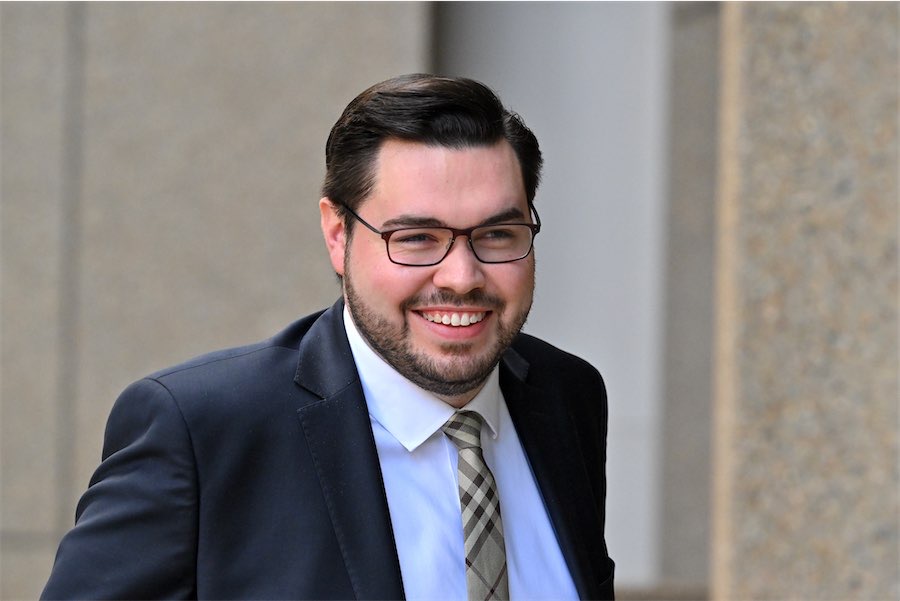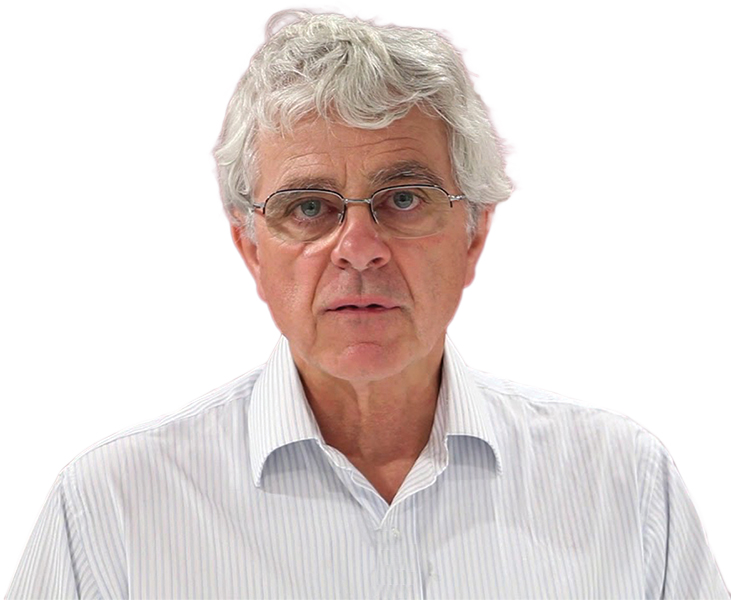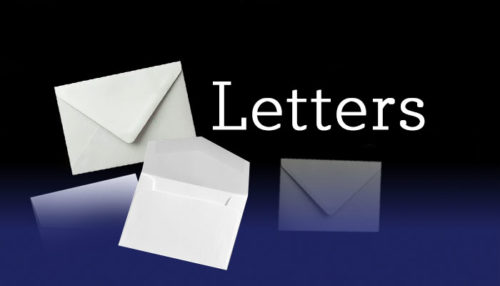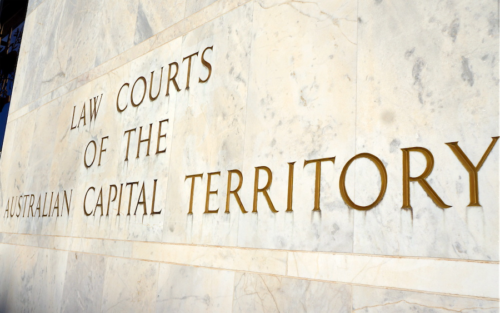
“If the media is approached by a person who wants to share litigation material, then the media has to say: ‘Step one is to seek the permission of the court/tribunal’. Arguably a failure to seek such permission means that both the provider of the materials and the recipient media are in contempt of the court,” writes CityNews legal affairs writer HUGH SELBY.
In an April 5 article in The Australian, the newspaper’s former, but long time legal affairs writer Chris Merritt reports that: “A spokesman [for Channel 7] on Tuesday said the network had never revealed its source or sources and had no intention of doing so… It noted that Lehrmann had denied in court he was Seven’s source”.

One of Mr Merritt’s points, prompting some analysis, is: “… if [Mr Taylor Auerbach’s] narrative turns out to be true, it will have a devastating impact … on public confidence in the media’s ability to protect confidential sources of information.
“The protection of confidential sources is one of the most fundamental precepts of journalism. It is essential if the news media is to fulfil its responsibility of revealing information in the public interest that others would prefer to keep secret”.
Let’s begin by accepting that the media’s commitment to protecting its sources is essential to its business model: people won’t talk to the media if it comes with an obvious risk to the talker. Those risks can include loss of a job, end of a relationship, risk of a criminal prosecution and public ridicule.
From time to time individual journalists have the personal integrity and the guts to take the consequences of failing to reveal a source when told by a court to do so. Those consequences can include going to prison.
The personal integrity reflects their telling a source that s/he’s identity would not be revealed and their commitment to standing by their promise. For a useful collection of cases where Australian journalists have paid the price for refusing to reveal their source see here.
It has never been the case, nor should it be, that the media protecting confidential sources of information is a principle that trumps our commitment to having a credible legal system.
A credible legal system is one that, among other requirements, obliges litigation parties not to use materials obtained for one legal contest in another unless and until they have the permission of the court to do so (the Harman principle).
Another requirement is that where there are reasonable grounds to believe that a witness who has taken an oath or an affirmation to tell the truth has then told porkies, then there will be consequences intended to punish them and deter others. Absent such punishment and deterrence, public confidence in our legal system will be eroded.
Having intended to deliver judgment this week in the Lehrmann v Channel Ten and Wilkinson case, Justice Michael Lee must now re-assess what evidence (spoken and written) he accepts and rejects from all witnesses, including former Channel 7 Spotlight staffer, Taylor Auerbach.
In Friday’s court proceedings, the cross-examination of Mr Auerbach by Mr Lehrmann’s counsel Matthew Richardson SC was wrapped up in a few minutes. It was followed by re-examination of Mr Auerbach by Dr Matthew Collins QC, counsel for Channel Ten.
That questioning was effective in building the credibility of Mr Auerbach’s account of what criminal trial materials he received from Mr Lehrmann.
Mr Lehrmann was not called to give evidence. No one else was called to give evidence. It follows that Mr Auerbach’s evidence as to his receiving those materials from Mr Lehrmann is uncontradicted.
What follows here is not to be taken as suggesting any course that his Honour will or should take. What follows is to use our common knowledge of the current defamation case and other events as illustrations of how avoidable problems can arise.
What does ‘protecting a source’ entail?
Suppose a person is either a party or a witness called by a party in litigation. Prior to the hearing at which they give evidence they provide a media body with material in the hope of that media running a story. Why they want the story is immaterial.
The media finds the material very useful. They want to run a story.
Consider the following scenarios.
First, suppose the media discovers, before running the story, that the materials were improperly disclosed to them. Does it follow that they should not run the story?
The unthoughtful, immediate answer is “no, run it”. Whistleblowers, by definition, can be expected to breach clear rules relating to non-disclosure to third parties (which includes media) that seek to protect security and/or confidentiality of records.
Media will claim that the public interest in what has been disclosed outweighs the interest in rule compliance.
Examples in recent memory include our bugging conduct in Timor Leste, claimed killings of non-combatants in Afghanistan, unjustified coercive measures by sections within government departments, oppressive conditions in juvenile detention, conditions on ships taking live animals for overseas slaughter, and, how the AFL is dealing with players who fail pre-match drug tests.
Given the recent fate of whistleblowers (as seen in successful prosecutions), and journalism claiming to be an ethical profession, it ought to be the case that media has an obligation to advise would-be whistleblowers not only of the benefits but also the risks they are accepting if they hand over materials to media.
In litigation cases, any lawyer now advising the media, would be incompetent if they failed to mention the Harman undertaking. It follows that if the media is approached by a person who wants to share litigation material then the media has to say: “Step one is to seek the permission of the court/tribunal”.
Arguably a failure to seek such permission means that both the provider of the materials and the recipient media are in contempt of the court in which the litigation took or is taking place.
Likewise, a would-be whistleblower of security, health, detention, commercial etcetera information should be warned by the media of the risks to them of doing so. Those risks include being unemployable, financial ruin, criminal prosecution and relationship breakdown.
With both parties, that is intending whistleblower and interested media, being properly aware of the risks that each is prepared to accept, and with dispassionate media being aware of what steps it can and should take to minimise collateral damage, a decision can be made about what steps need to be taken prior to any publication.
So, taking Mr Merritt’s statement above that: “The protection of confidential sources is one of the most fundamental precepts of journalism”, I suggest that the protection goes well beyond refusing to divulge a source. It embraces protecting the intending source from harm by giving advice as to the risks and benefits.
It’s the law
Second, what would happen if the media discovers that their informant misled them? For example, the whistleblower credibly assures the media that the information they are sharing is not subject to some non-sharing restriction.
Later the media recipient discovers that the whistleblower has lied on oath in litigation – that’s perjury – by asserting that they were not the source of the information given to the media.
Does the media have, or should it have, any obligation to come forward and correct that false statement? Mr Merritt’s article does not consider that question.
As quoted at the start of this article, Channel 7, Mr Auerbach’s one time employer, chose to restrict its public comment to re-asserting its non-disclosure of sources and that Mr Lehrmann had denied on oath being the source, an answer that doesn’t satisfy my question.
In NSW (home to Channel 7 and Mr Auerbach) the Crimes Act, section 316 states:
(1) An adult—
(a) who knows or believes that a serious indictable offence has been committed by another person, and
(b) who knows or believes that he or she has information that might be of material assistance in securing… the prosecution or conviction of the offender for that offence, and
(c) who fails without reasonable excuse to bring that information to the attention of a member of the NSW Police Force or other appropriate authority,
is guilty of an offence.
“Serious indictable offence” is defined in section 4 as an indictable offence that is punishable… for a term of five years or more.
“Perjury” per section 327, carries 10 years.
It follows that the difference between the media’s knowledge and their informant’s sworn evidence must be reported. Mr Taylor Auerbach did so.
If there are current employees of Channel 7 who had actual knowledge of how materials were obtained for the 2023 Spotlight programs then it may be that Channel 7 should make some inquiries to satisfy itself that its short statement referred to earlier is adequate.
Circumventing an embargo
There is another aspect of the media’s commitment to non-disclosure of the source that needs some attention and public discussion.
In last year’s Sofronoff Inquiry, readers will recall that the Commissioner provided embargoed copies to two journalists. One of them then claimed to have obtained another copy from an unnamed source and used it to write articles that no other media could present.
Try as I might, I cannot grasp how the pursuit of a scoop was in the public interest. I readily understand how it was in the publisher’s interest.
Further, on what basis should we accept that there ever was such an additional source? Is the simple assertion enough? If so, why?
The claim that an additional copy of the report was received from another source is untestable. I don’t say that the claim was false or that it was true. Because it was, and is, untestable I cannot know. That’s unsatisfactory. Had the journalist not received an embargoed copy this issue would not have arisen.
Does it follow that the claim “to protect sources” cannot be made if the material is already in the media’s possession, albeit with agreed restrictions on its use?
What would have happened if the intention to go for the scoop had been advised to either or both of the Inquiry and the ACT government so that they could decide whether or not to seek an injunction preventing publication?
Undoubtedly a factor for any judicial officer would be the knowledge that the media had accepted a copy with embargo conditions which it was now seeking to circumvent.
On Friday, the ACT Integrity Commission announced that it is looking into aspects of the Sofonoff Inquiry. Perhaps it will have a closer look at this topic by calling for submissions.
Former barrister Hugh Selby’s free podcasts on “Witness Essentials” and “Advocacy in court: preparation and performance” can be heard on the best known podcast sites.
Who can be trusted?
In a world of spin and confusion, there’s never been a more important time to support independent journalism in Canberra.
If you trust our work online and want to enforce the power of independent voices, I invite you to make a small contribution.
Every dollar of support is invested back into our journalism to help keep citynews.com.au strong and free.
Thank you,
Ian Meikle, editor




![Teacher Vanessa Jones has been living in Higgins since 2001, and while she loves the area, she says she is “fed up” with the neglectful ACT government.
The Higgins shops have been completely abandoned, says Vanessa, preventing the opportunity for residents to have a community-centred space to socialise.
They only received bins nine months ago, she says, and requests for a water station and repairs to the bus station have gone unanswered.
“It’s very, very slow,” says Vanessa.
“I asked for the zebra crossing on Fullagar [Crescent] to be repainted, and we had to wait about six or nine months.
“That’s just such a long time… we pay a lot of rates.”
Vanessa says assistance from the government only seems to go to communities with time-rich and assertive communities, leaving places such as Higgins, where the majority of households have both adults working full-time and English may not be the first language of the family, at an automatic disadvantage.
“If you’ve got two people working, paying a mortgage, raising two or three kids, they don’t have the time,” says Vanessa.
Vanessa says the lack of attention quieter places such as Higgins is receiving is starting to look a lot like favouritism.
Read the full article on our website citynews.com.au
#canberra #canberranews](https://citynews.com.au/wp-content/plugins/instagram-feed/img/placeholder.png)
Leave a Reply